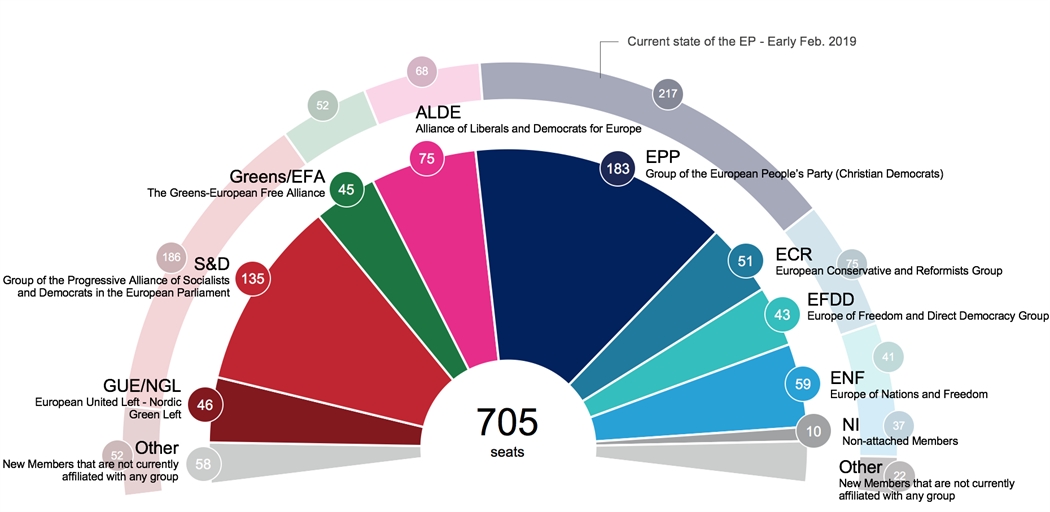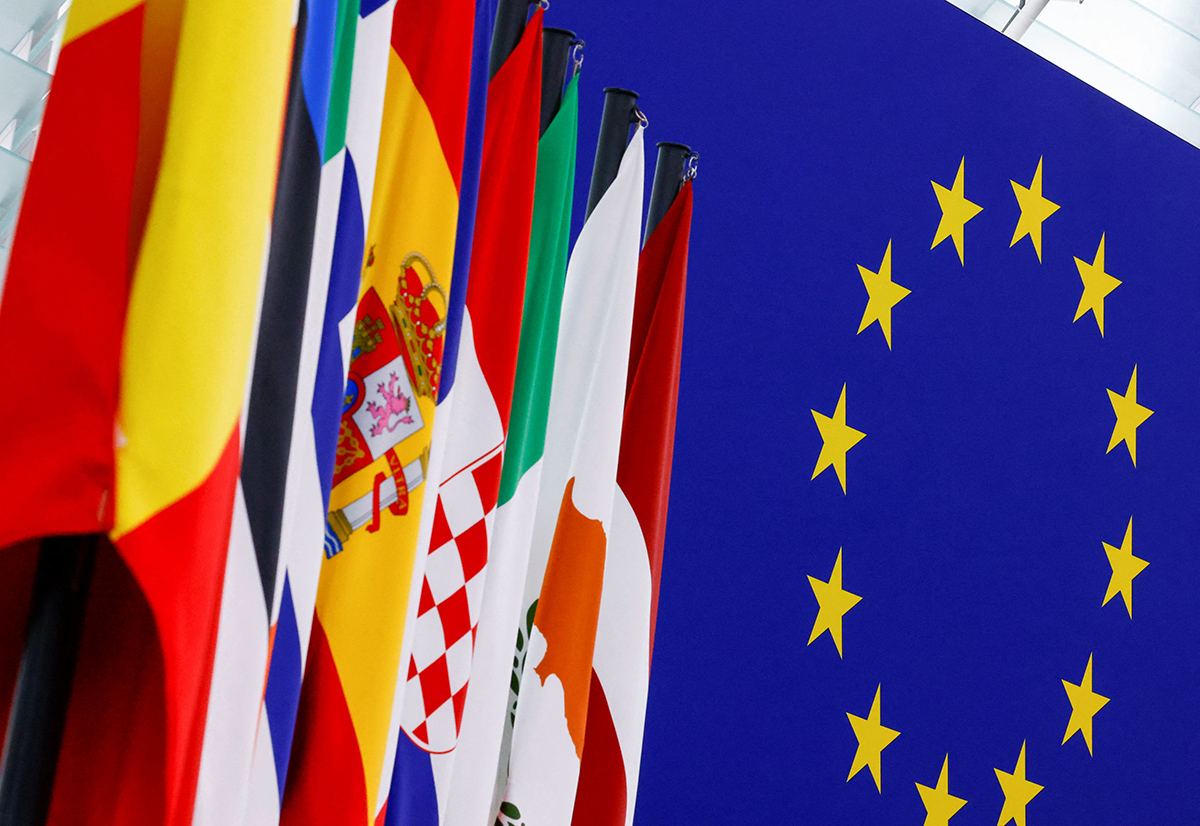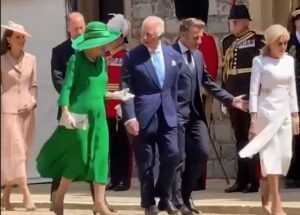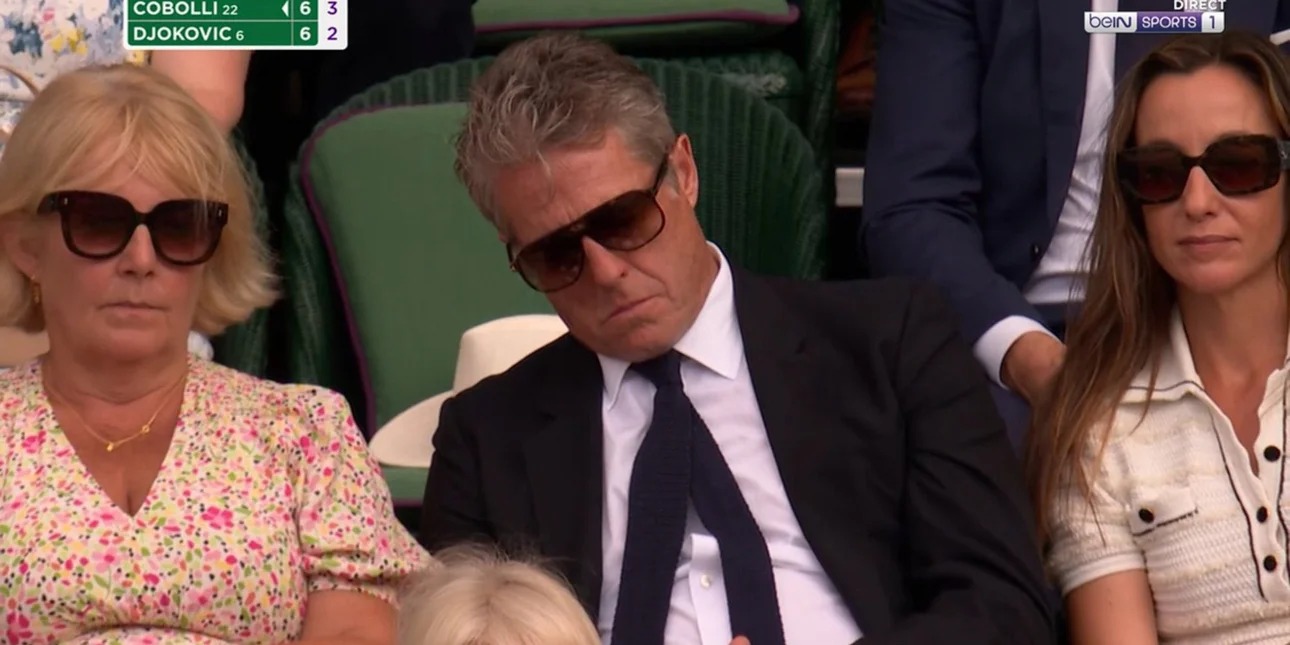The European Parliament on Monday released its first seat projections for the new parliament to emerge after the May 23-26 elections.
The projections are based on a cross-section of national polls which will be updated regularly as the clock ticks towards the EU elections.
The EP said the data is based on a selection of reliable polls conducted by national polling institutes in the Member States and aggregated by Kantar public on its behalf.
According to these polls, the centre-right is set to remain the biggest group while the far-right will gain ground.
The German Christian Democrat CDU/CSU alliance led by Chancellor Angela Merkel would remain the biggest single party with 29 seats, but only just ahead of Italy’s League, the far-right group now in government in Rome.
While traditional parties are set to retain a dominance that would allow a continuation of the broad centrist majority coalition that has tended to support legislation from the EU executive, gains of about 40 percent for radicals on the right, to 14 percent of seats, may introduce more policy uncertainty, Reuters reported.
The European People’s Party (EPP), to which Merkel belongs, would take 183 of the 705 seats, or 26 percent, in the new chamber. That is down from 29 percent at present, according to the compilation of national polling data from the 27 member states.
That would outstrip the 135 seats for the centre-left Socialists and Democrats, whose share would drop six points to 19 percent, partly due to the loss of British seats after Brexit as the parliament slims down from a total of 751 seats.
Britain’s ruling Conservative party does not sit with the EPP. Their departure would hit the European Conservatives and Reformists, dropping that group from third place to fifth — although parliamentary officials also expect the voting to usher in a major reshuffle of alliances on the floor, making it difficult to forecast group alignments in the new chamber.
The two far-right eurosceptic groups among the eight in the current parliament would see their share rise to 14 percent from 10 percent, despite the loss of Brexit campaigners the UK Independence Party. That reflects gains for Italy’s League, adding 21 seats, Germany’s AfD, gaining 11, and Marine Le Pen’s French National Rally, which would add six seats if polls hold.
However, realignments of existing groups are likely after voting ends on May 26 and before the new parliament sits on July 2 as national parties seek allies that fit their policies and can leverage their strength with funding and committee posts.
Italy’s 5-Star movement, in government with the League, sits now with UKIP but has looked at joining groups further left in the chamber. The polls suggest it could gain eight seats to 22 in May, but those may not, in fact, bolster the far-right.
There are also question marks over the alignment of some 24 seats for Poland’s ruling Law and Justice party, often hostile to Brussels, as its ECR allies the British Conservatives depart.
Also unclear are the 18 French seats which polls suggest President Emmanuel Macron’s En Marche movement may win.
Adding them to the centrist ALDE, home to some Macron allies and which shares Macron’s strongly pro-EU line, would give ALDE 93 seats, making it easily the third biggest bloc. But Macron has been wary of confirming which alliances he will make as he looks to use the May elections to resist eurosceptic forces.
One consequence of uncertainty over the make-up of the new parliament — which might also be upset by a delay to Brexit — could be delay in forming the new executive.
National leaders should nominate a successor to European Commission President Jean-Claude Juncker in late June. MEPs should then confirm the nominee in July so that a new Commission of nominees from all 27 member states is in place on November. 1.
The EP said that projecting today’s voting preferences across the EU27 onto the distribution of seats in the European Parliament after Brexit shows a more fragmented political landscape than ever. The next Parliament will have fewer MEPs (705) than the outgoing Parliament (751).
Country by country data for download and sharing
All data can be downloaded from the press kit as an excel file with the complete catalogue of evolving voting intention polls from all Member States. The file will give full information on the national parties, their names, political affiliation on European level, their results at the last European and national elections as well as their standing in all voting intention polls collected. The polls themselves are identified including all defining criteria such as institute, sample size and fieldwork dates.
Parliament will be publishing updated projections every two weeks until the end of April and every week during the month of May until election night itself.
Initial exit polls will then be published on May 26, for those countries that conduct them and where voting has finished, from 18.00 and every hour until provisional final results are available from all Member States.
The first direct elections to the European Parliament were held 40 years ago on 12 June 1979. This year’s elections will be the most important in Parliament’s history, given the political context, the envisaged departure of the United Kingdom and major political and cross-border challenges that need to be addressed.
















